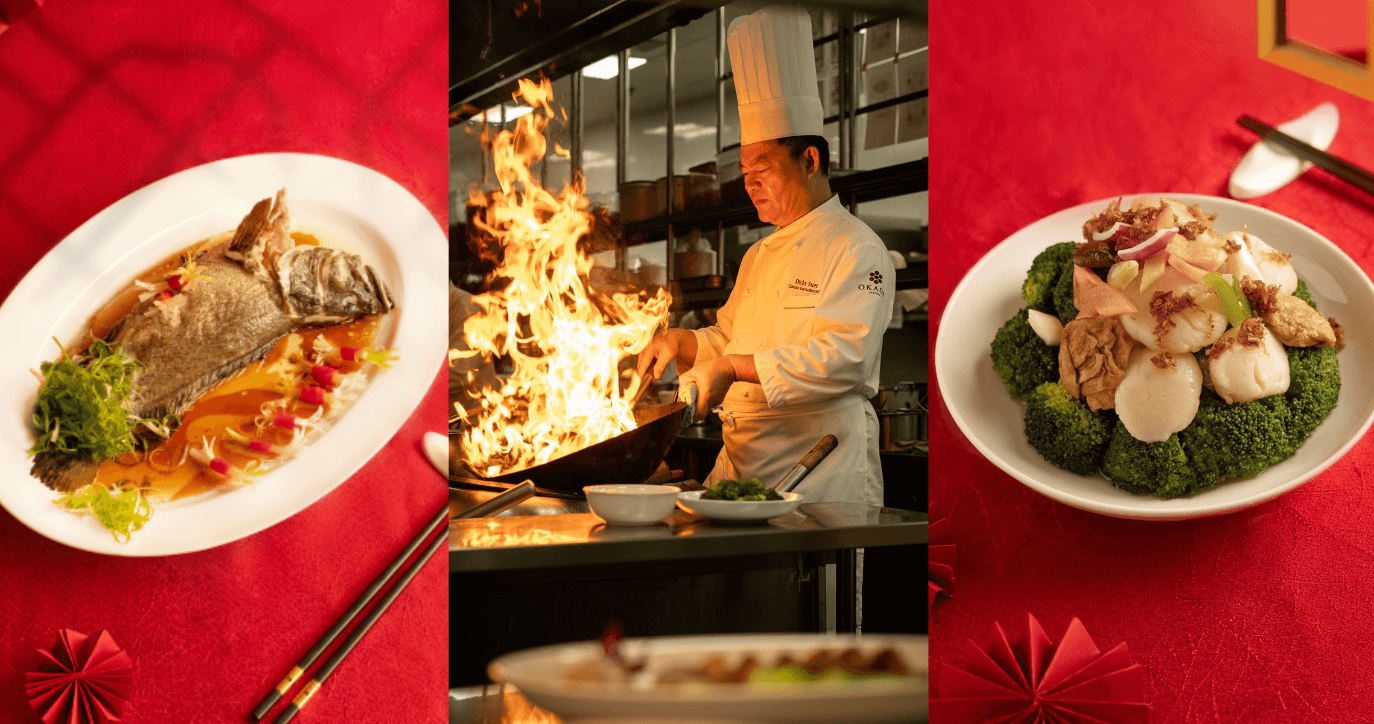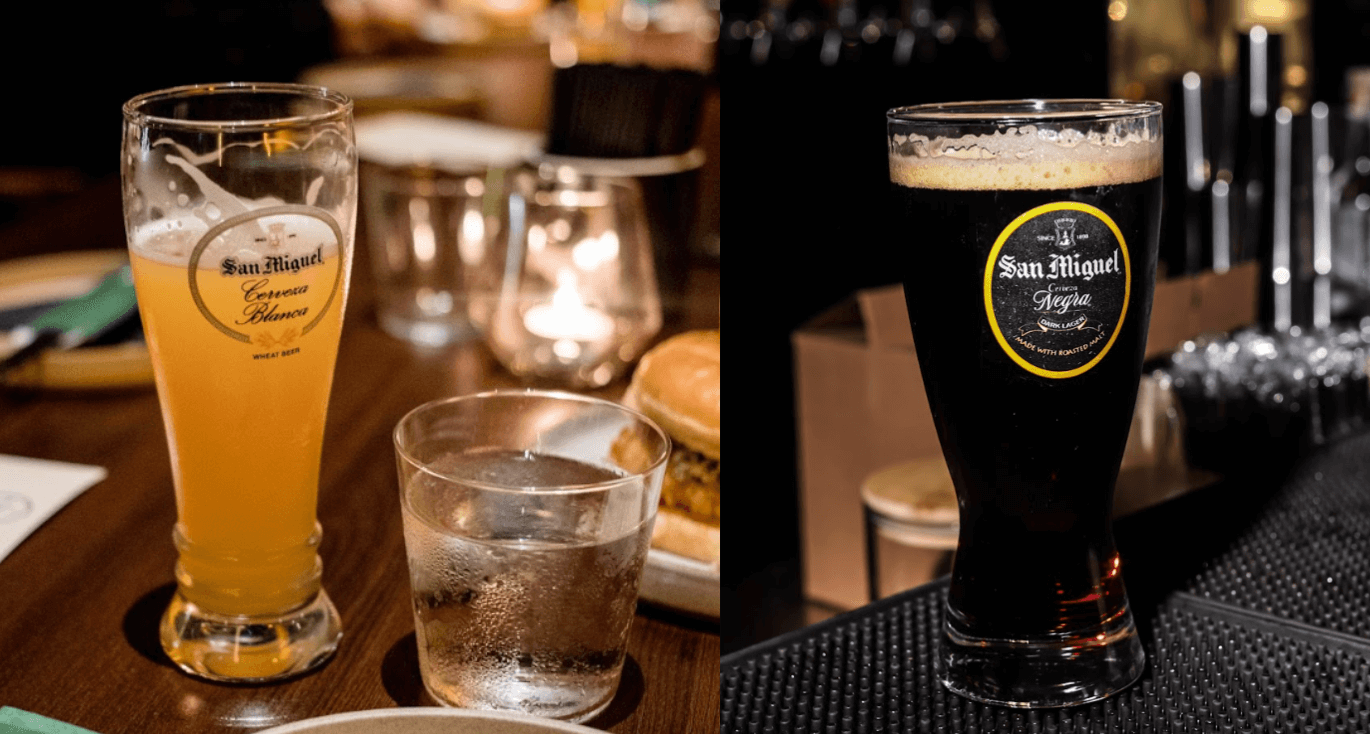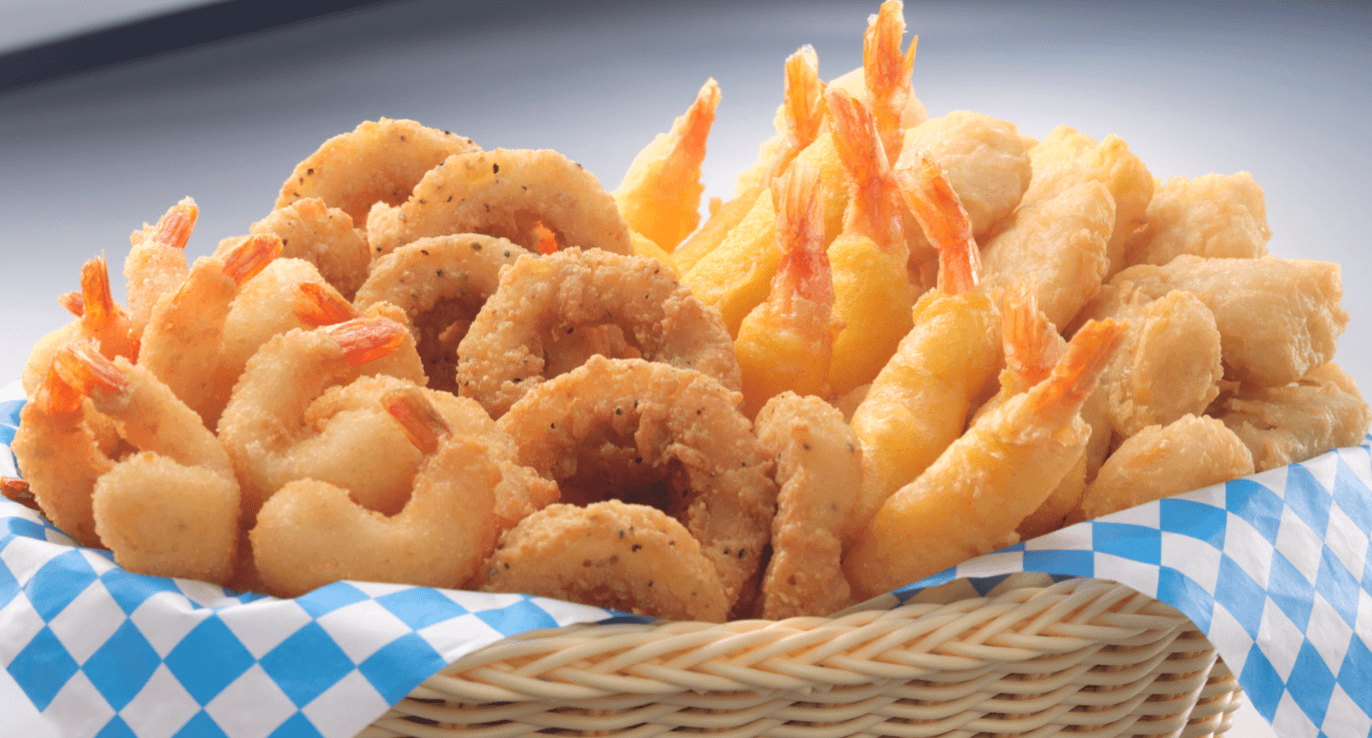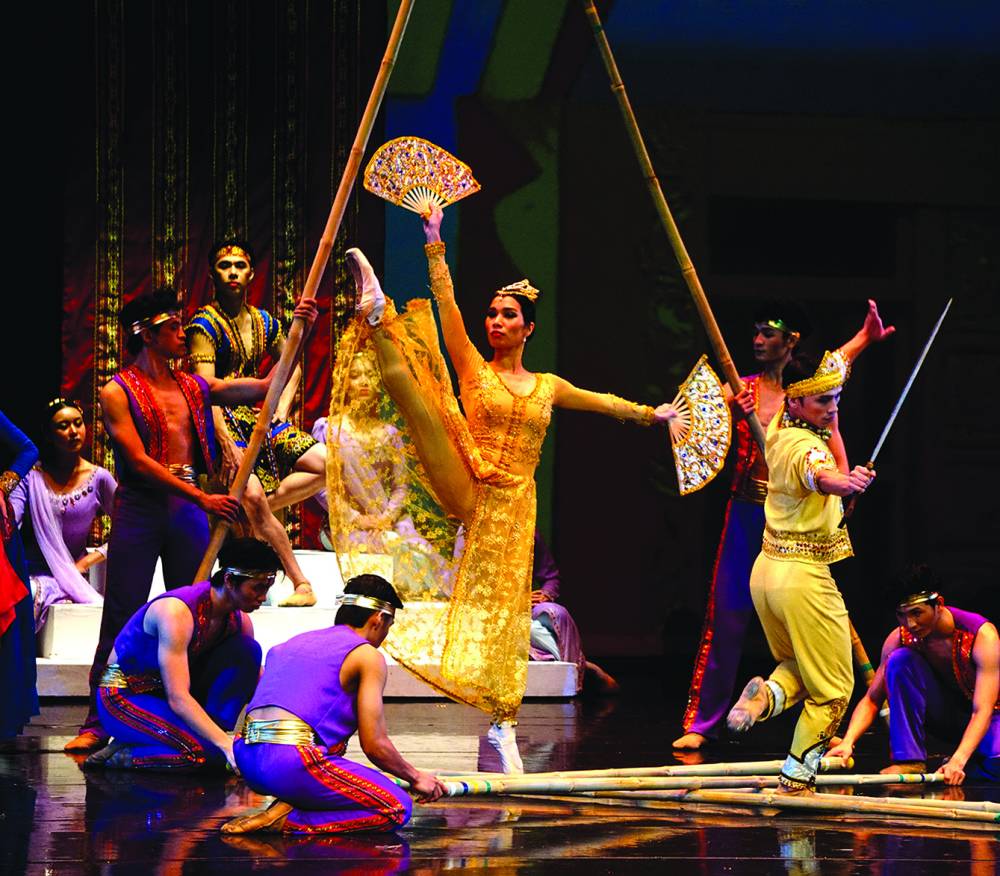I would not describe it as an events space. Neither is it a restaurant. It is not a resort, either,” says lawyer William Panlilio, my Ateneo High School classmate, who manages this piece of paradise hidden in Pampanga.
“We always get asked what Balé is, and an accurate description, and which many guests would agree with, is that it is an escape—a farm escape, where Kapampangan food is at the heart of every visit.”
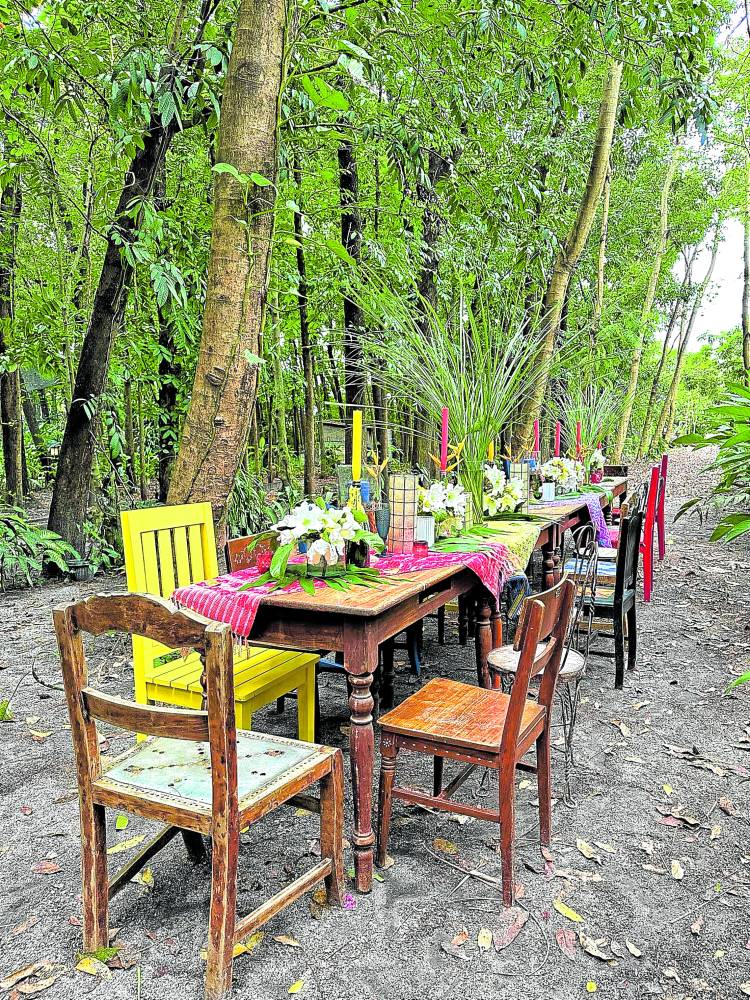
Yet, it is much more than that. In Balé, people partake of a home-cooked feast prepared in cauldrons over firewood in the middle of a forest populated with lush, towering trees. There are maximalist Filipiniana tropical tablescapes. There is music. There’s the sunset. There are wine happy hours in the late afternoon. And there are people from all walks of life who visit.
I guess the best way to describe Balé is that it is magical.
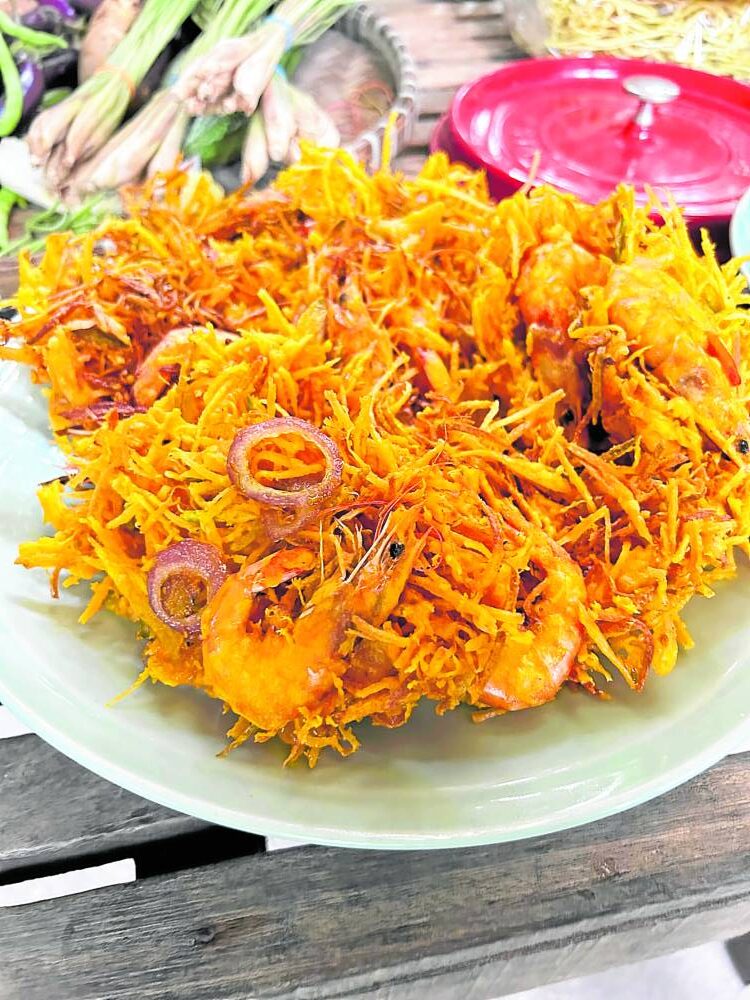
‘Probinsya’ as home
Balé in Kapampangan means “home,” and its namesake destination served as such for the Panlilio family for many years. It still does today, especially for William, who was away from the Philippines for 20 years, and now shuttles back and forth for work in Singapore.
“Balé is one of those that reforged the Philippines as home, but more so, probinsya as home. This happened in the year or so before the pandemic, and then it became clearer to me when I spent several months in Balé and escaped the lockdowns in Singapore. It was an escape then. It still is now.”
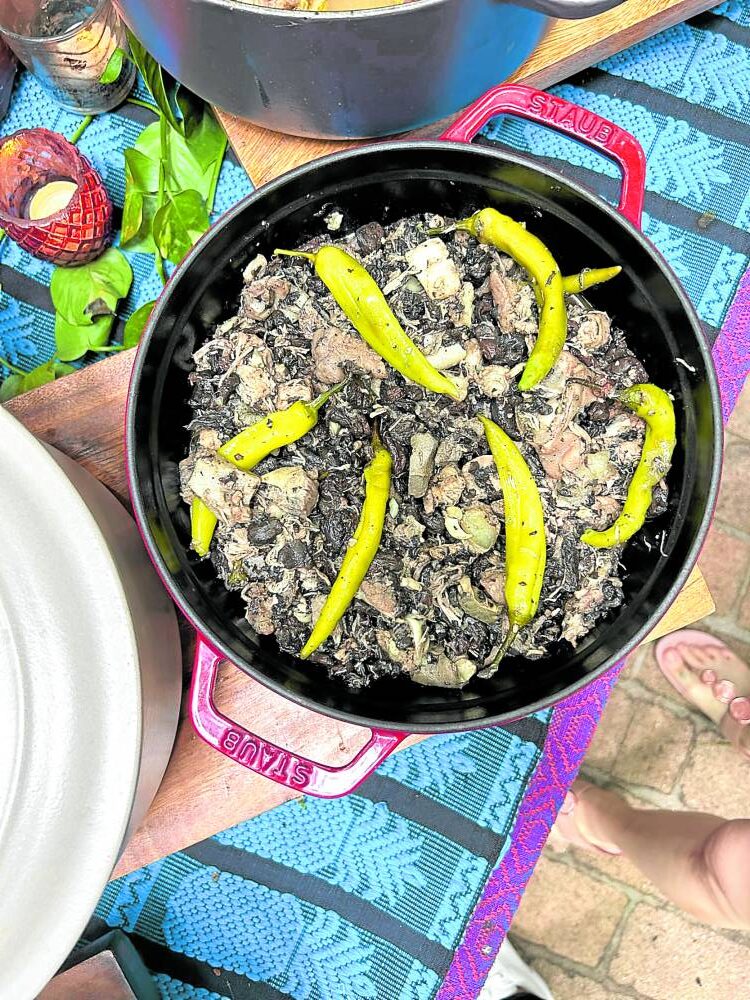
At Balé, what they practiced and enjoyed back in the day, they still do at present—from going to the market and carefully picking out the produce to cooking over burning wood, “like we did when I was a child,” he says. “It is an older, more patient (and more challenging) way of cooking that we continue to embrace.”

The concept of home also extends to their menu. It’s the dishes their family had over the years, with their apu and ingkong (grandparents).
“It is what is familiar, and as it turns out, it is also what is the tastiest,” says William. “When putting together the list of what to serve here, the process entailed really digging into stories from the older generations—dishes that they liked (and are less often served these days) and methods of cooking (such as using unique types of earthenware for some adobo and humba).”
Beautiful spread
For a birthday celebration I shared with some of Manila’s best chefs a couple of weeks ago, we were served upon arrival mugs of suam na mais, kinilaw in alagaw leaves and pititian wraps or chicharon topped with pickled onion and taba ng talangka and hugged by fresh lettuce. Those were washed down with a refreshing pandan and lemongrass tea.
My guests and I appreciated the luxury of lingering in the open kitchen, as well as admiring and learning from the cooks as they went about their business.
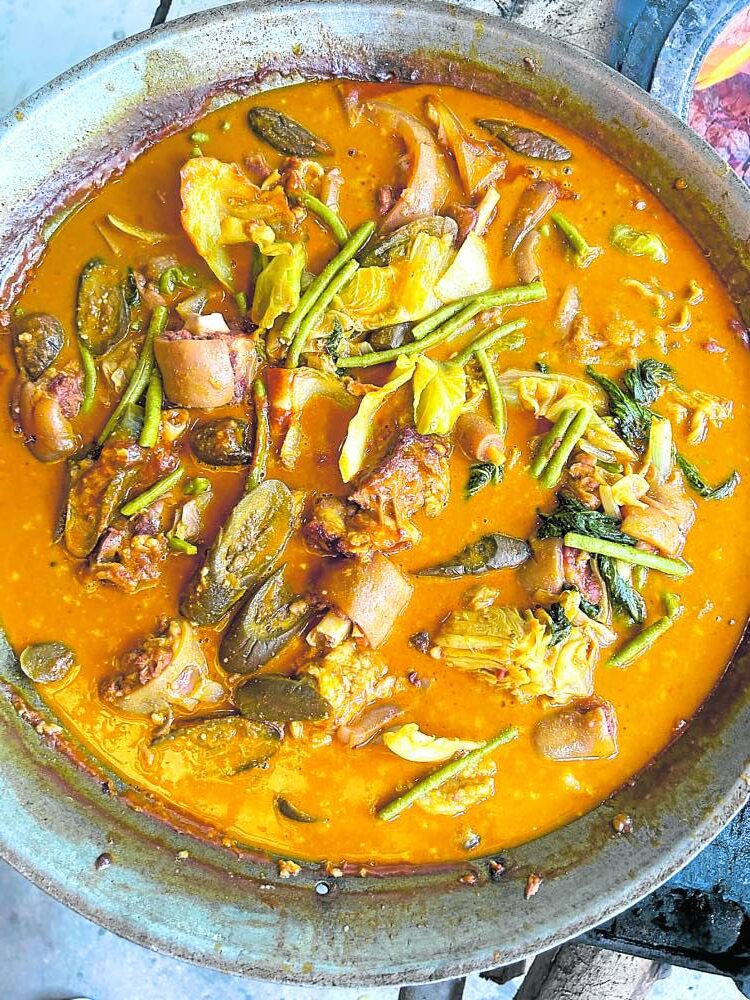
Lunch was laid out on a beautiful spread dotted with colorful Dutch ovens. There was crispy adobong puti, which everyone raved about; kaldereta; kare-kare with bagoong; tidtad or the Kapampangan dinuguan; batsui or batchoy soup made with innards; lagat itu or catfish stew; shrimp okoy; sisig done the traditional way; grilled tilapia and hito; steamed ampalaya and okra with fresh mustasa; ensaladang talong with pako, chicharon and mangga; and lagat kamangyang with bulaklak ng kalabasa.
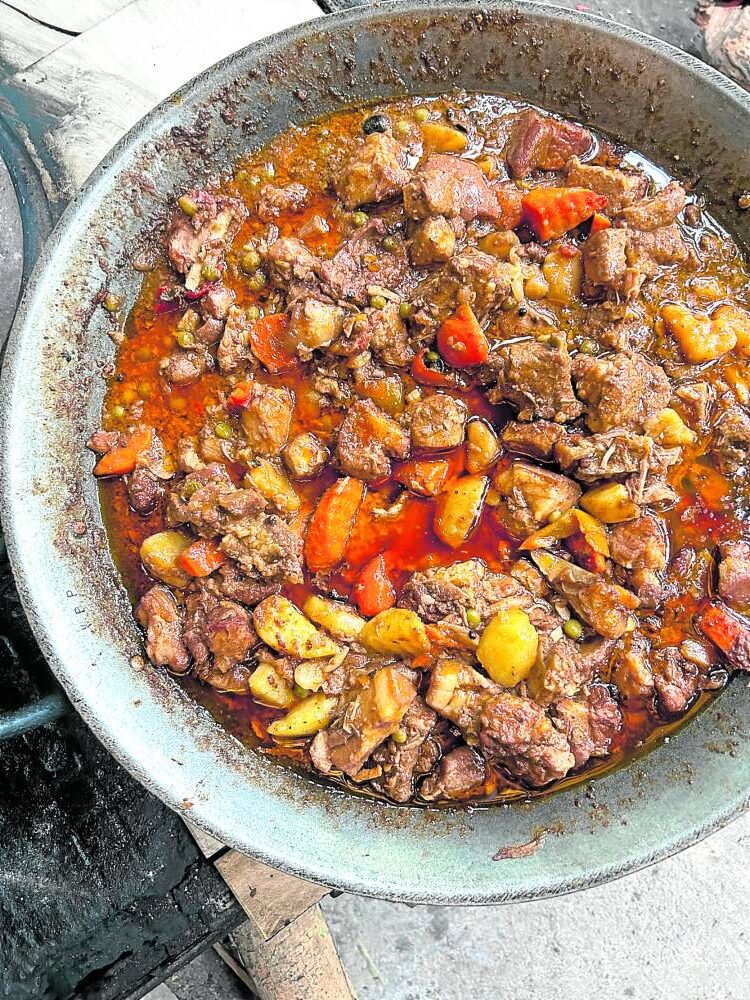
For dessert, there was tibok-tibok or milk pudding with coconut curds, Sta. Rita sans rival and saba banana cooked in muscovado sugar then served in cups with ice, nata de coco and carabao’s milk.
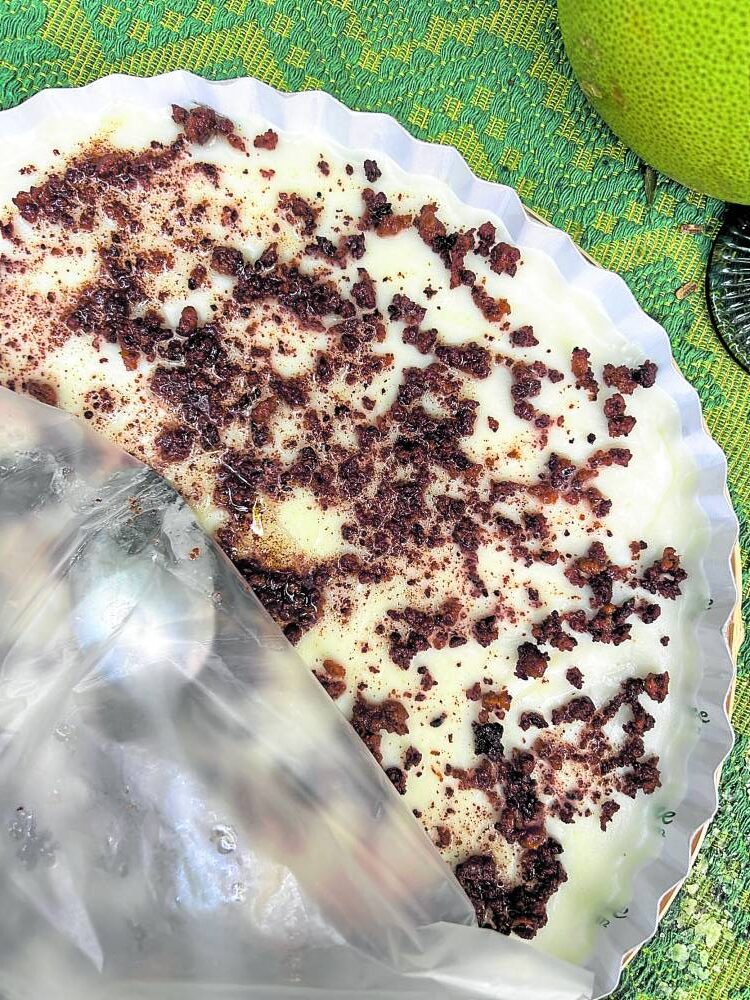
Tita Wilma, William’s hospitable mother, also showed the chefs how to prepare Kapampangan tamales, customized to their liking as it could be adorned with their choice of toppings: shrimp, salted egg, shredded chicken, chorizo, cashew nuts, ham and crab fat.
There was so much delicious food, and nobody was prepared for the food coma.
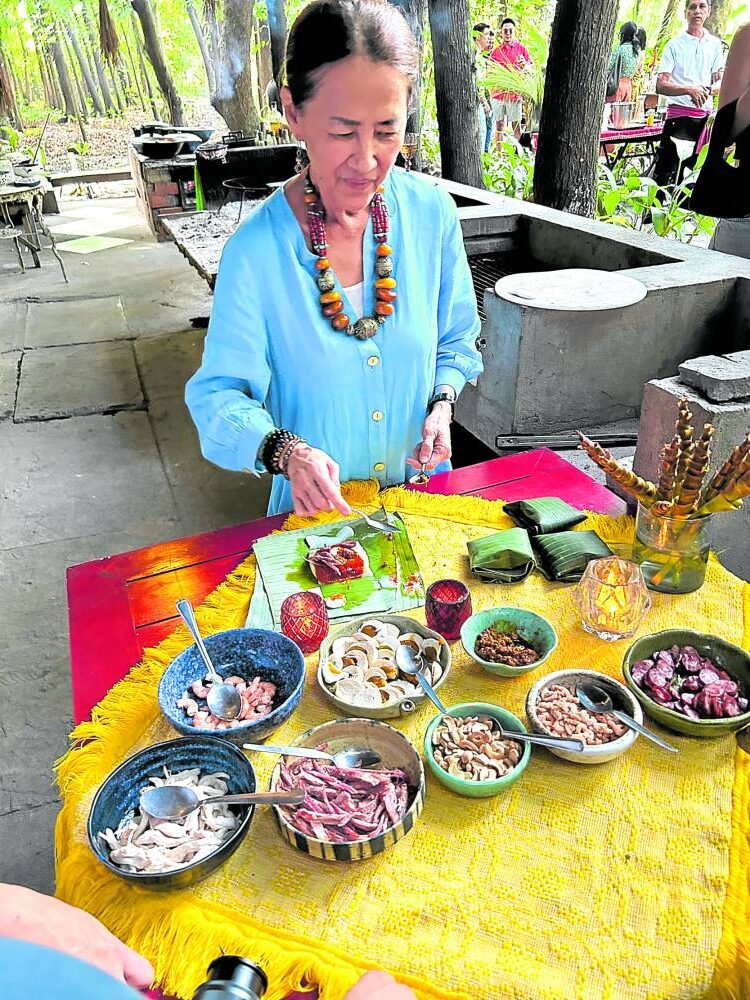
Balé, indeed, isn’t a restaurant. It is much more than that. It is an experience—a fine, fun and memorable one. INQ
Balé is in Sta. Rita, Pampanga, about 90 minutes from Manila. Message @bale.pampanga on Facebook and Instagram. Follow the author @fooddudeph on Instagram.













